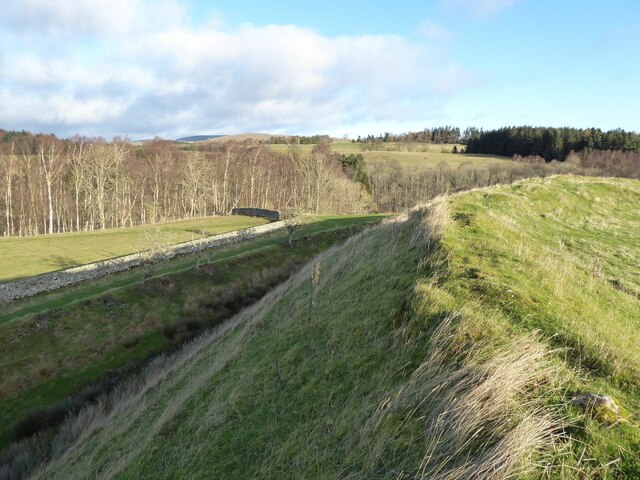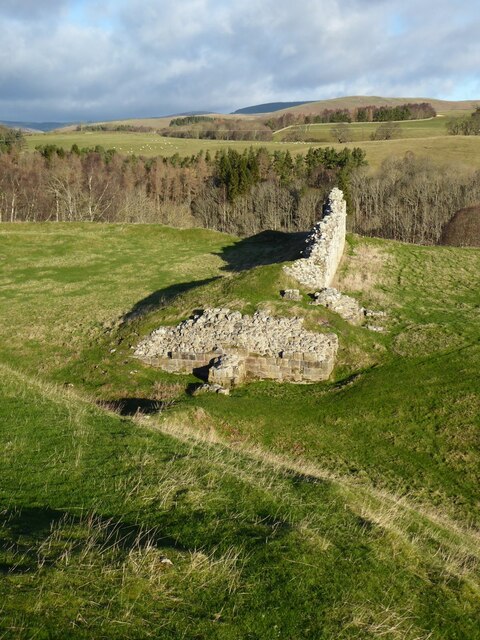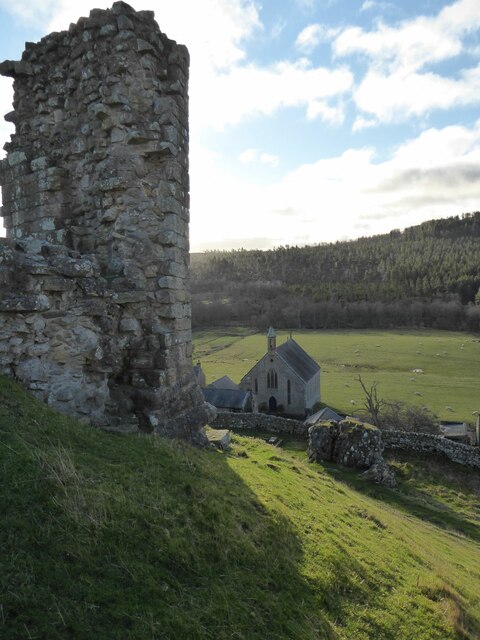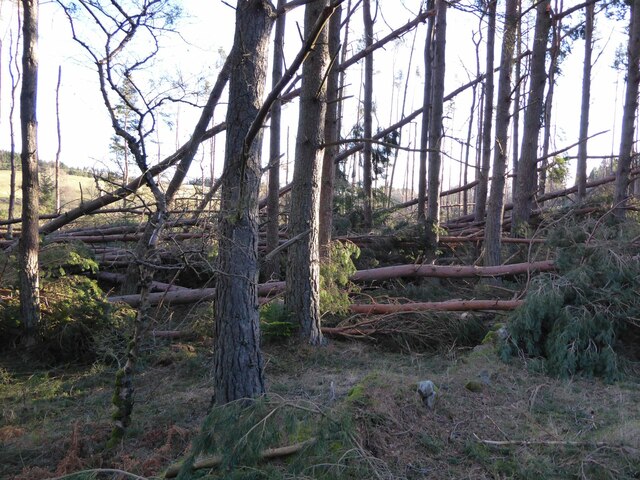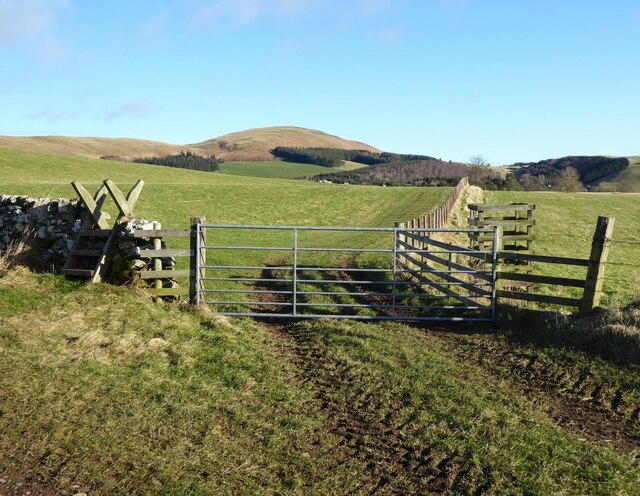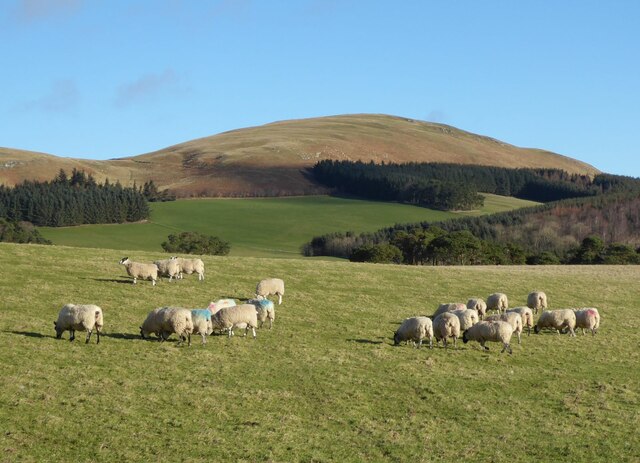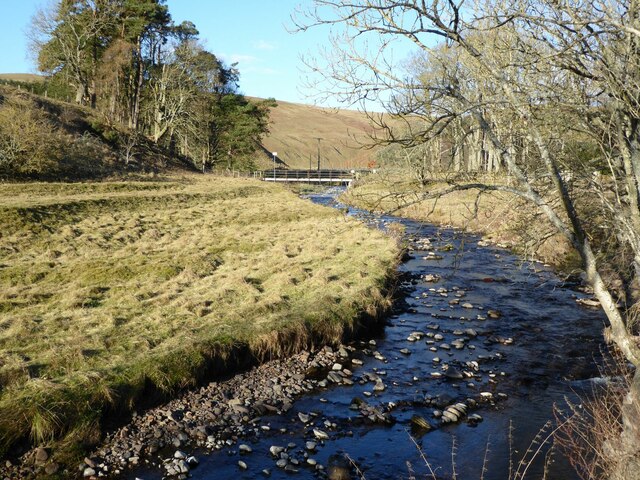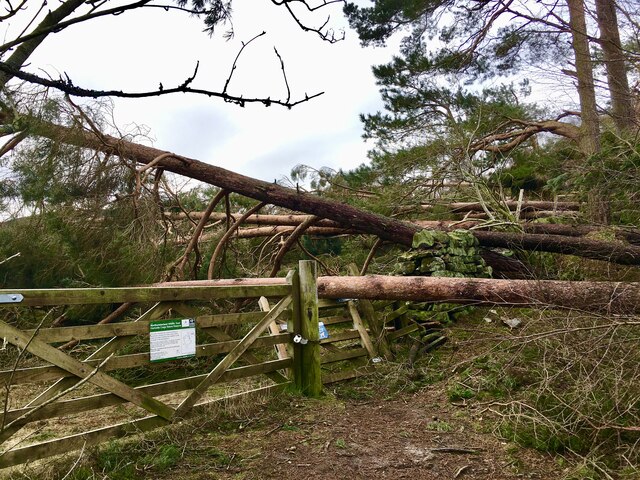Alwinton
Settlement in Northumberland
England
Alwinton
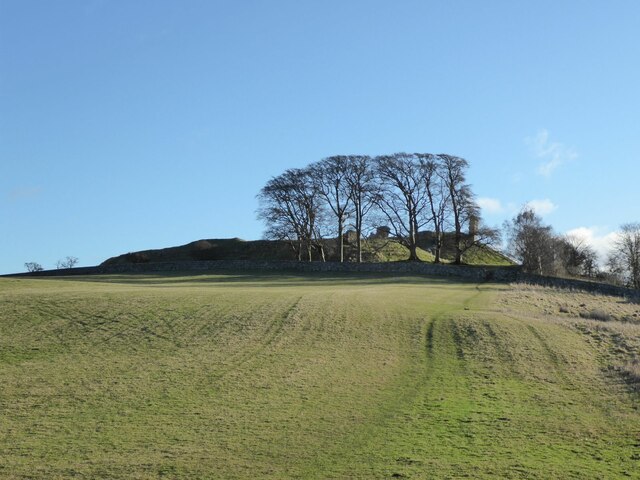
Alwinton is a small village located in the county of Northumberland, in the northern part of England. Situated in the North Pennines Area of Outstanding Natural Beauty, Alwinton is surrounded by picturesque landscapes and offers a peaceful and idyllic setting.
The village itself is characterized by its quaint charm and traditional architecture, with stone-built houses and cottages lining its streets. The population of Alwinton is relatively small, with just over 100 residents, contributing to its intimate and close-knit community atmosphere.
Alwinton is renowned for its stunning natural surroundings, making it a popular destination for outdoor enthusiasts and nature lovers. The village is situated near the River Coquet, which meanders through the area, providing opportunities for fishing and riverside walks. The surrounding hills and moorland offer breathtaking views and attract hikers and cyclists.
One of Alwinton's notable landmarks is the historic St. Michael and All Angels Church, which dates back to the 12th century. The church is a beautiful example of Norman architecture and features intricate stained glass windows.
The village is also known for hosting the Alwinton Border Shepherd's Show, an annual agricultural show that celebrates the local farming community with various competitions, demonstrations, and entertainment for all ages.
Overall, Alwinton is a charming and tranquil village, offering a peaceful retreat for those seeking to explore the natural beauty of Northumberland.
If you have any feedback on the listing, please let us know in the comments section below.
Alwinton Images
Images are sourced within 2km of 55.350913/-2.125814 or Grid Reference NT9206. Thanks to Geograph Open Source API. All images are credited.
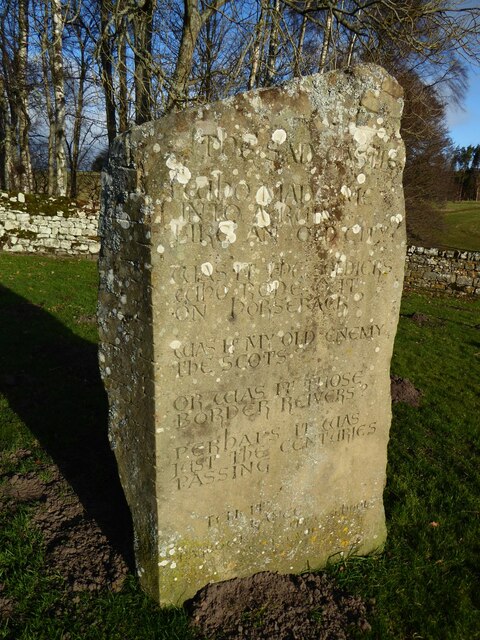
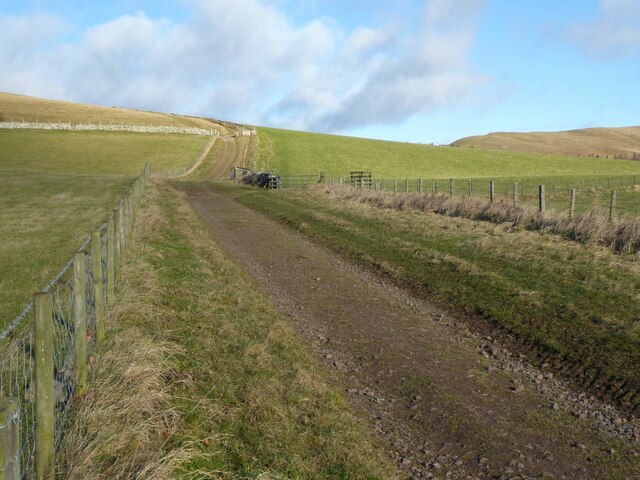
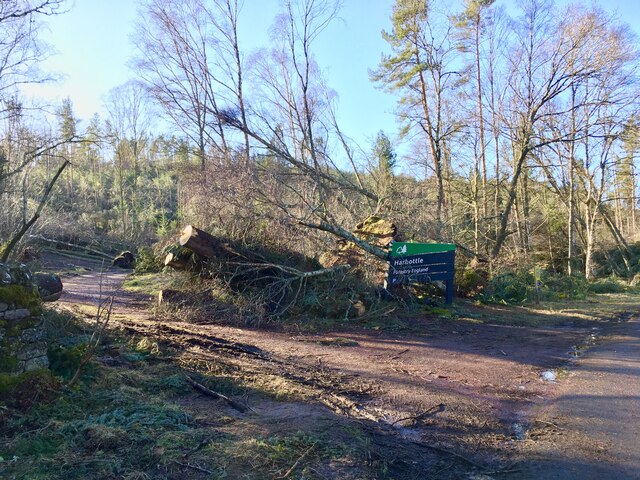
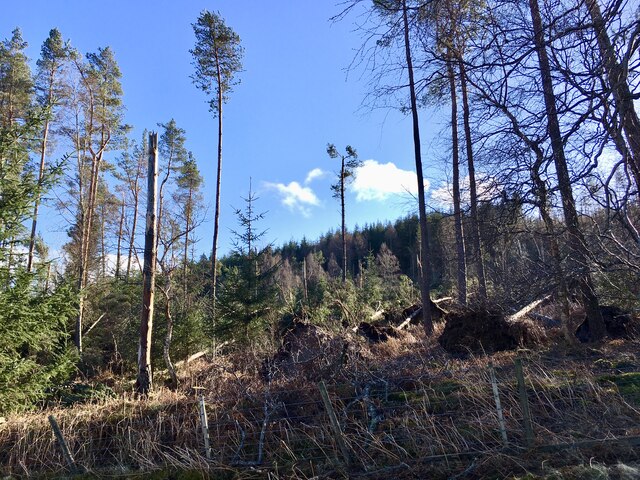




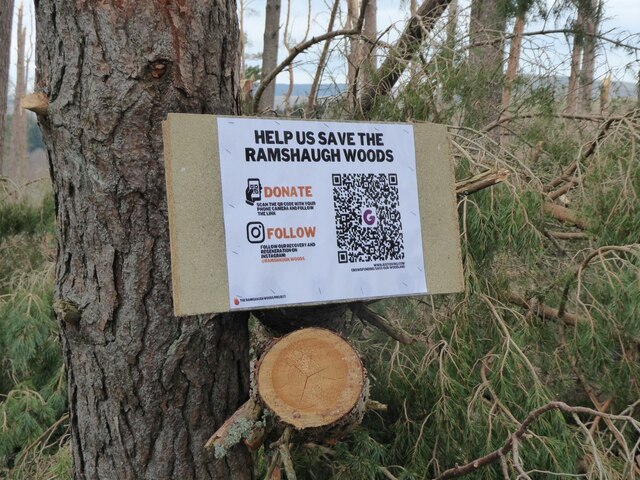
Alwinton is located at Grid Ref: NT9206 (Lat: 55.350913, Lng: -2.125814)
Unitary Authority: Northumberland
Police Authority: Northumbria
What 3 Words
///asterisk.downfield.surfer. Near Rochester, Northumberland
Nearby Locations
Related Wikis
Nearby Amenities
Located within 500m of 55.350913,-2.125814Have you been to Alwinton?
Leave your review of Alwinton below (or comments, questions and feedback).
